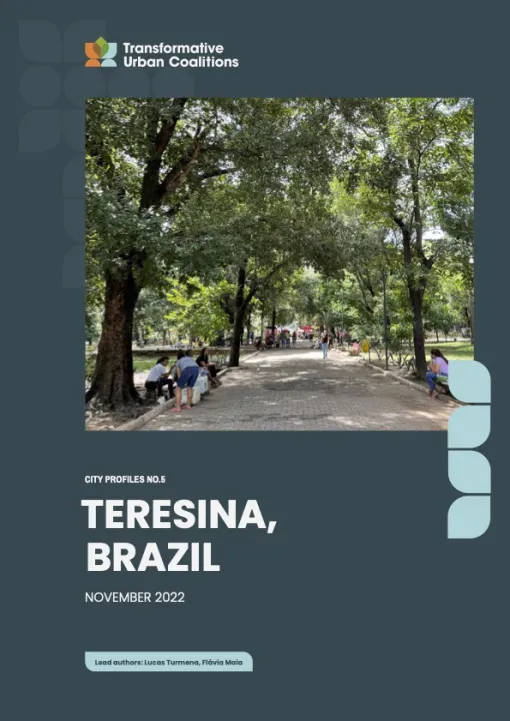
Climate injustice is obvious in Teresina. Although the city makes a small contribution to national and global emissions, it is situated in a global warming hotspot. Teresina is already affected by extreme heat, and models anticipate that it will become even hotter and drier in the coming years. In addition, the city will likely have to absorb climate-induced migration from its surroundings, which may increase the challenges of already overloaded basic services and infrastructure. Therefore, urban planning in Teresina must accommodate future projections by combining climate mitigation with adaptation to provide low-carbon and resilient development.
Social injustice and racism are tied together in the urban development process of Teresina. Flood-prone areas often overlap with vulnerable neighbourhoods at the fringes of the city, resulting in precarious living conditions. Thus, climate action at the city level must simultaneously favour racial and climate justice to promote transformative changes towards sustainability.
Social injustice and racism are tied together in the urban development process of Teresina. Flood-prone areas often overlap with vulnerable neighbourhoods at the fringes of the city, resulting in precarious living conditions. Thus, climate action at the city level must simultaneously favour racial and climate justice to promote transformative changes towards sustainability.
Tackling climate injustices in Teresina requires strengthening local adaptive capacities, especially those of the most vulnerable groups, including BIPOC women and youth.